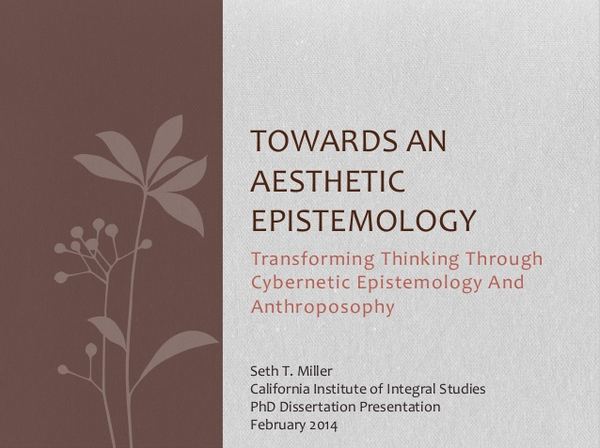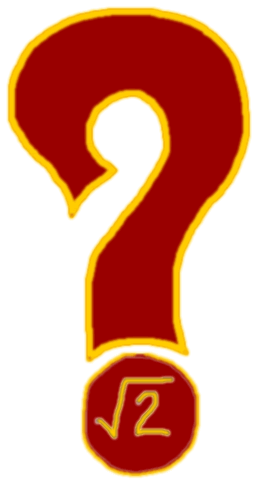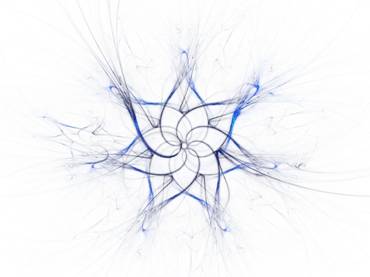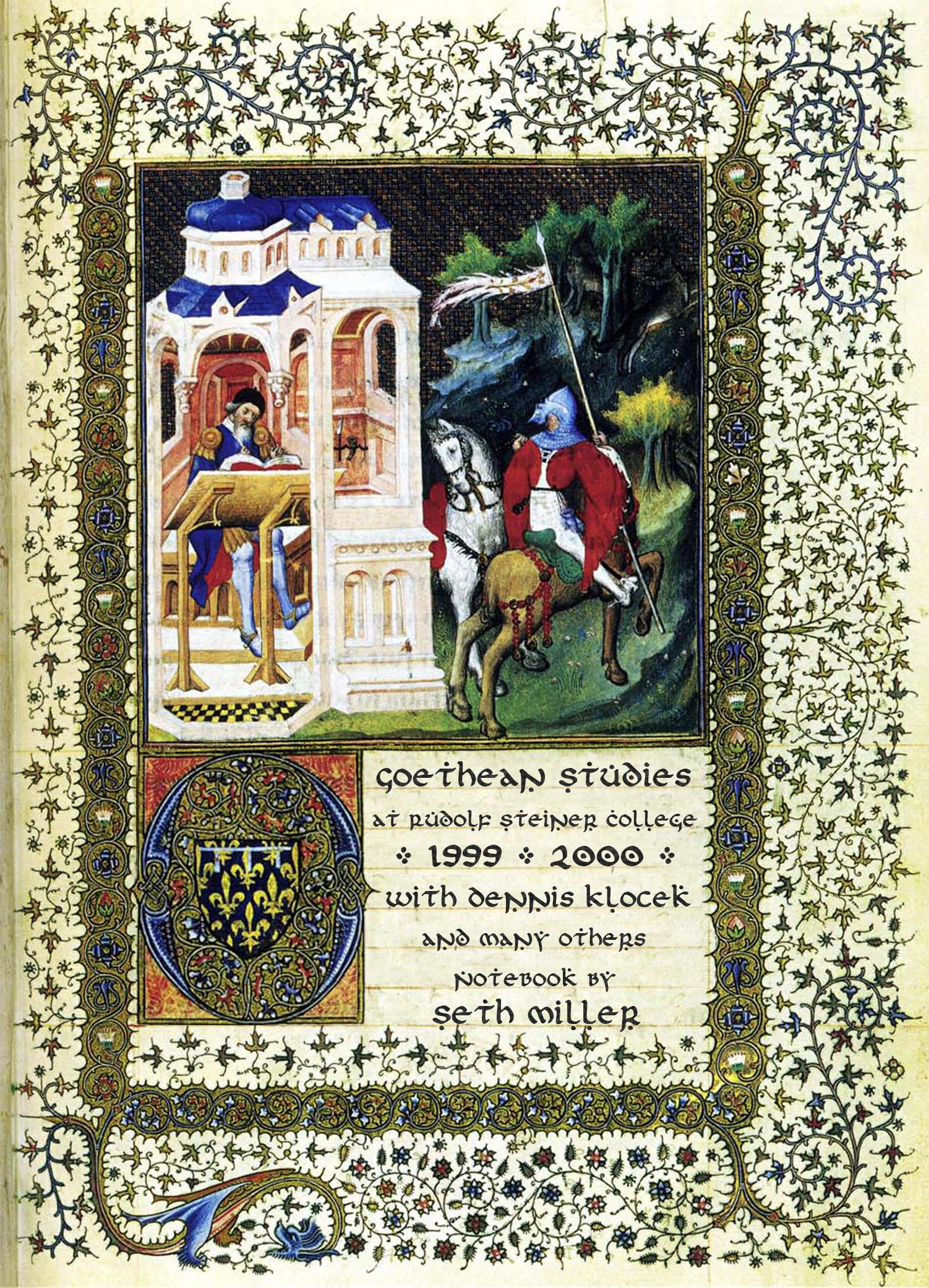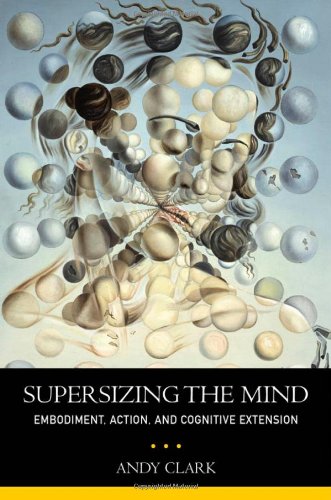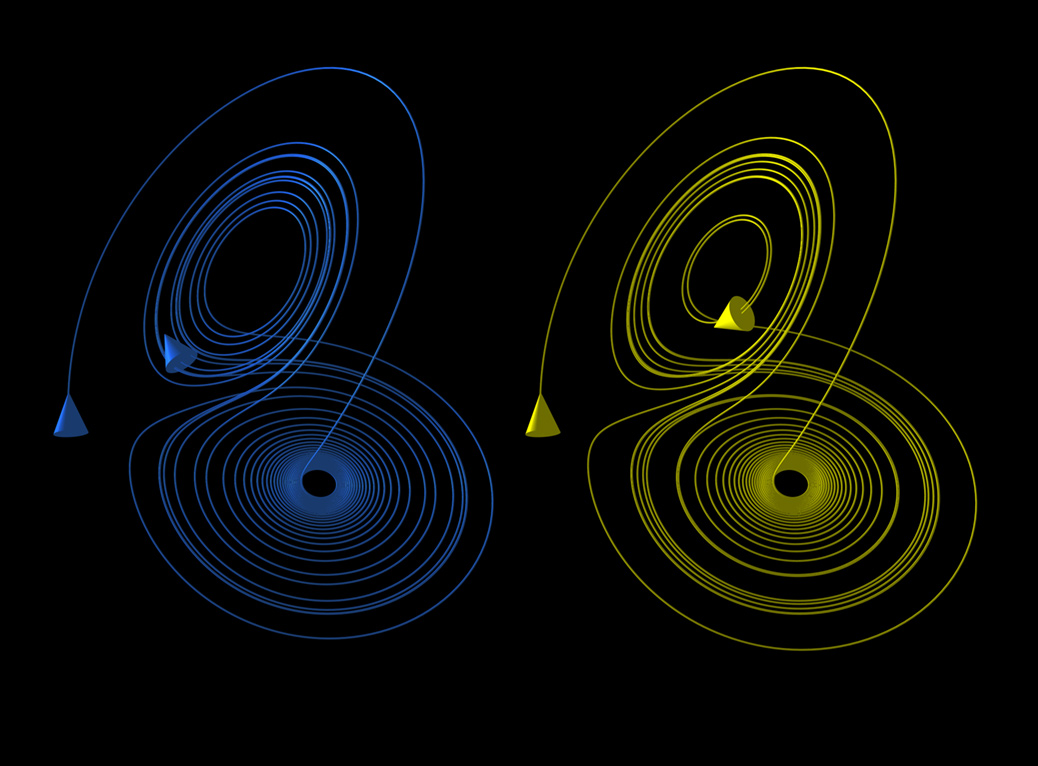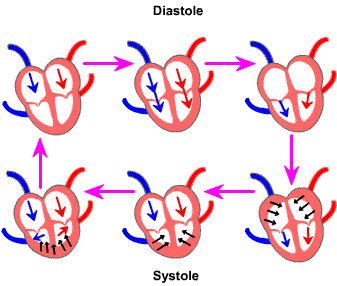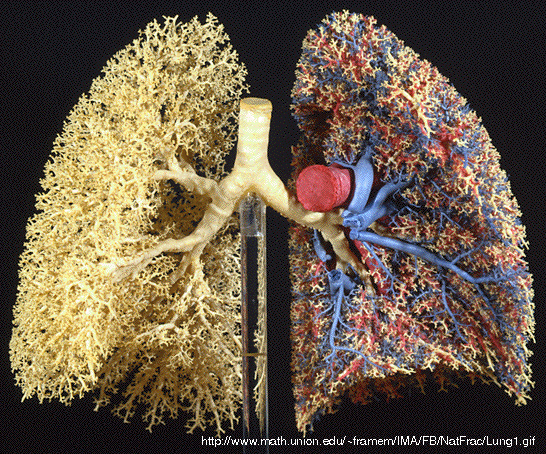Feb
13
2014
In February 2014 I successfully defended my PhD dissertation, titled "Toward an Aesthetic Epistemology: Transforming Thinking through Cybernetic Epistemology and Anthroposophy."
The following is the abstract and a slideshow presentation that pulls out the crux of my arguments.
Abstract
The complexity, subtlety, interlinking, and scale of many problems faced individually and collectively in today’s rapidly changing world...
Jan
22
2012
All the qualities of the physical world exist through the interrelations of things to each other. What Moleschott says is correct for physical existence: 'All existence is an existence through qualities. But there is no quality that does not exist through a relation.' Just as everything of a soul nature contains something in itself...
Jan
09
2012
Introduction
About 100 years ago the birth of quantum theory changed forever how humans perceive the universe… sort of. Certainly “quantum physics” is a phrase found far outside the boundaries of physics classrooms, and has even achieved a fairly wide popularity through movies such as What the Bleep and works like Fritjof Capra’s Tao of Physics. Does this...
Oct
15
2010
PDF: Goethean Studies Notebook (40mb)
PDF: Higher quality, print version (180mb)
This notebook was created as a personal record of the 1999-2000 Goethean Studies program at Rudolf Steiner College. This unique course, conceived of and taught primarily by Dennis Klocek, is still being offered -- it is now called Consciousness Studies. When I took the course,...
Sep
11
2010
When Minds Won’t Stay Put:
A Review of Andy Clark’s Book Supersizing the Mind: Embodiment, Action, and Cognitive Extension
by Seth Miller
Ask your neighbor: “If you had to locate your mind, where would you point?” In all likelihood, the overwhelming response will be a finger on the cranium. Ask Andy Clark, a professor of Philosophy in...
Nov
30
2009
Maybe you've had this experience: You are thinking about an acquaintance that you haven't thought about in a long time and at that moment the phone rings. "What are the odds that it's Jerry?" you think to yourself. And when it IS Jerry on the other line it seems somehow magical, amazing, beyond mere...
Sep
28
2009
A response to the question: "How is chaos theory non-determinant?"
This is an interesting question, because I think it might normally be asked in the opposite way: "How is chaos theory DETERMINANT?", because chaos theory is, well, chaotic, so it seems more logical to connect chaos with non-determinancy than with determinancy.
So to explore the question that wasn't...
Sep
26
2009
4. I don't understand how the butterfly effect looks like the structures seen in the book...a butterfly looking pattern.
The butterfly effect is just the name, slightly arbitrary, of the idea that complex systems exhibit the characteristic by which tiny tiny tiny (infintesimally tiny) changes in one part of the system have the potential (not...
Sep
24
2009
3. And so, there's all this talk about 'deterministic chaotic systems'... What exactly, is the stunning significance of this? I think I get that every shape in nature is ultimately created by patterns of itself within itself, but I'm confused as a biologist or physiologist or biochemist because things like continents are made of...
Sep
22
2009
2. Does the fractal model also work for dynamic, fluid or changing shapes?
Yes, in fact this is it's most 'natural home' I think. The reason is that fractals are about processes, not things, and processes are just that: descriptions of changes, not of things, and changes have a way of, well, being DIFFERENT the...
Sep
20
2009
The following four questions (one per post) were posed in a recent class. My edited responses follow.
1. So I understand that any shape in nature can be converted to a mathematical formula, right? Then you take that formula and plug in the variable related to that shape and feed the answer into the variable...


